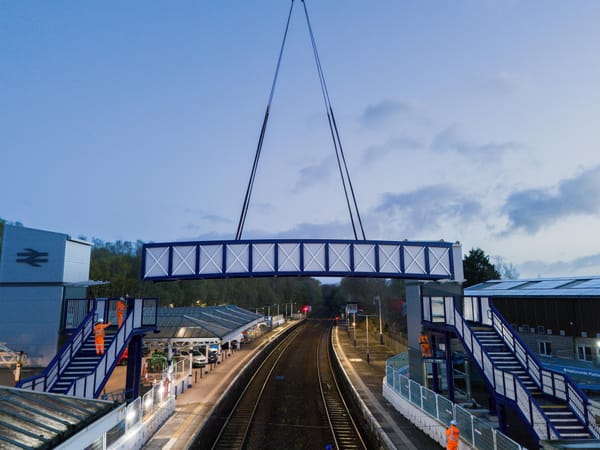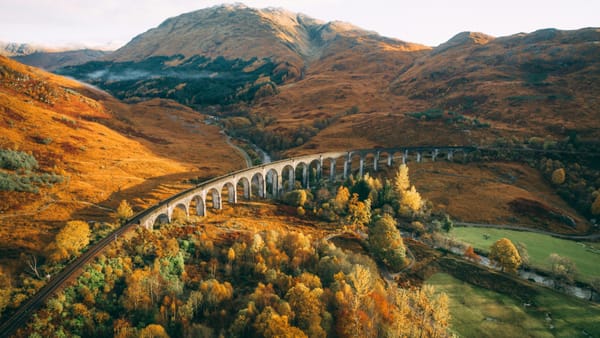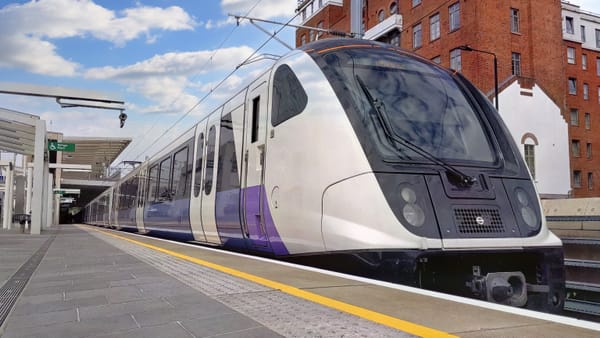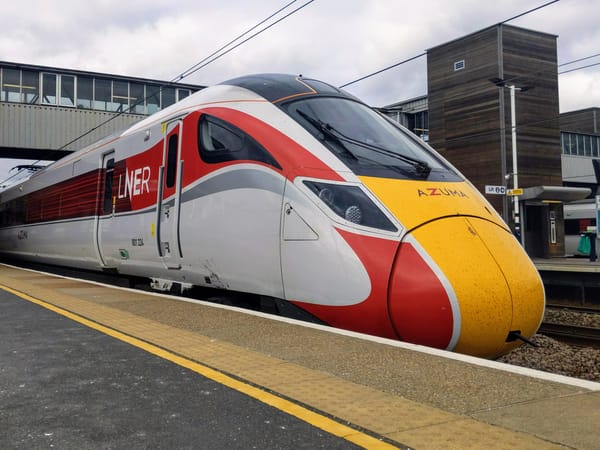A Look at the EMR Class 158 Express Sprinter

The Class 158 is a feat of engineering. Constructed during the era of British Rail, it has continued to operate through the privatisation of the railways. And many units still serve passengers today across the country. Here are my thoughts from my brief time on an East Midlands Railway (EMR) Class 158 between Grantham and Peterborough.
A video accompanies this article which you can watch above.
Known otherwise as the Express Sprinters, the Class 158 units were constructed by British Rail Engineering Limited (BREL) between 1989 and 1992. They were brought in as part of a plan to replace British Rail's ageing fleet of first-generation diesel multiple units (DMUs). They have certainly stood the test of time and are still being operated by a healthy number of train operating companies (TOCs) today, including EMR and ScotRail.
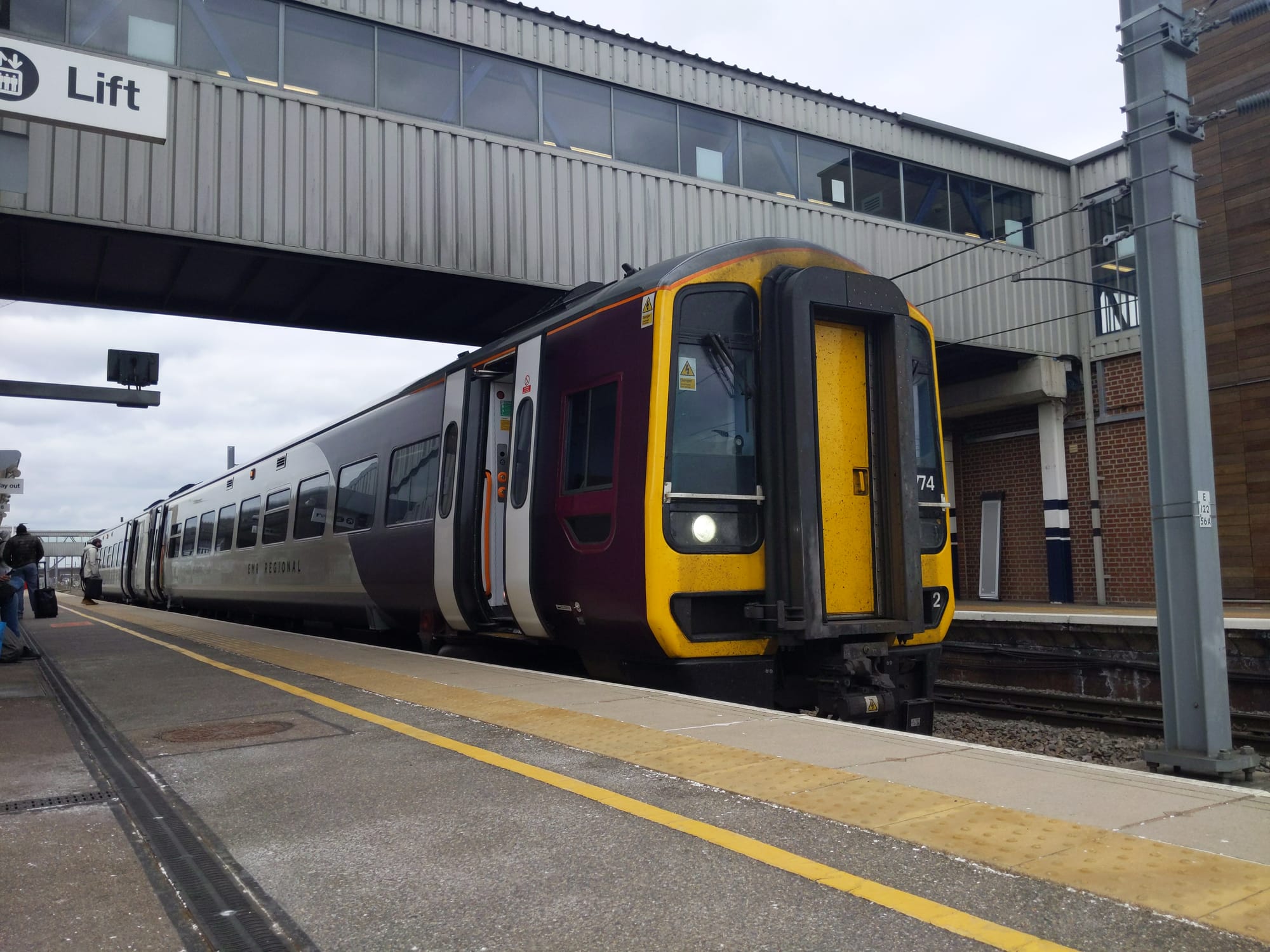
The footage in the video above is from a service to Norwich from Liverpool Lime Street, operated by East Midlands Railway. This service in particular is a testament to the Class 158's passenger hauling power; the full trip totals just over five and a half hours and stops at fifteen intermediary stations. The Sprinter family of trains were built with a wide portfolio of routes of varying lengths in mind.
The majority of the Express Sprinter fleet still in service today are two-car units. That said, some TOCs, such as Great Western Railway (GWR), do operate a handful of three-car units for their additional capacity. The trains have a maximum speed of 90 miles per hour. This is plenty for stopping and semi-stopping services across most lines.
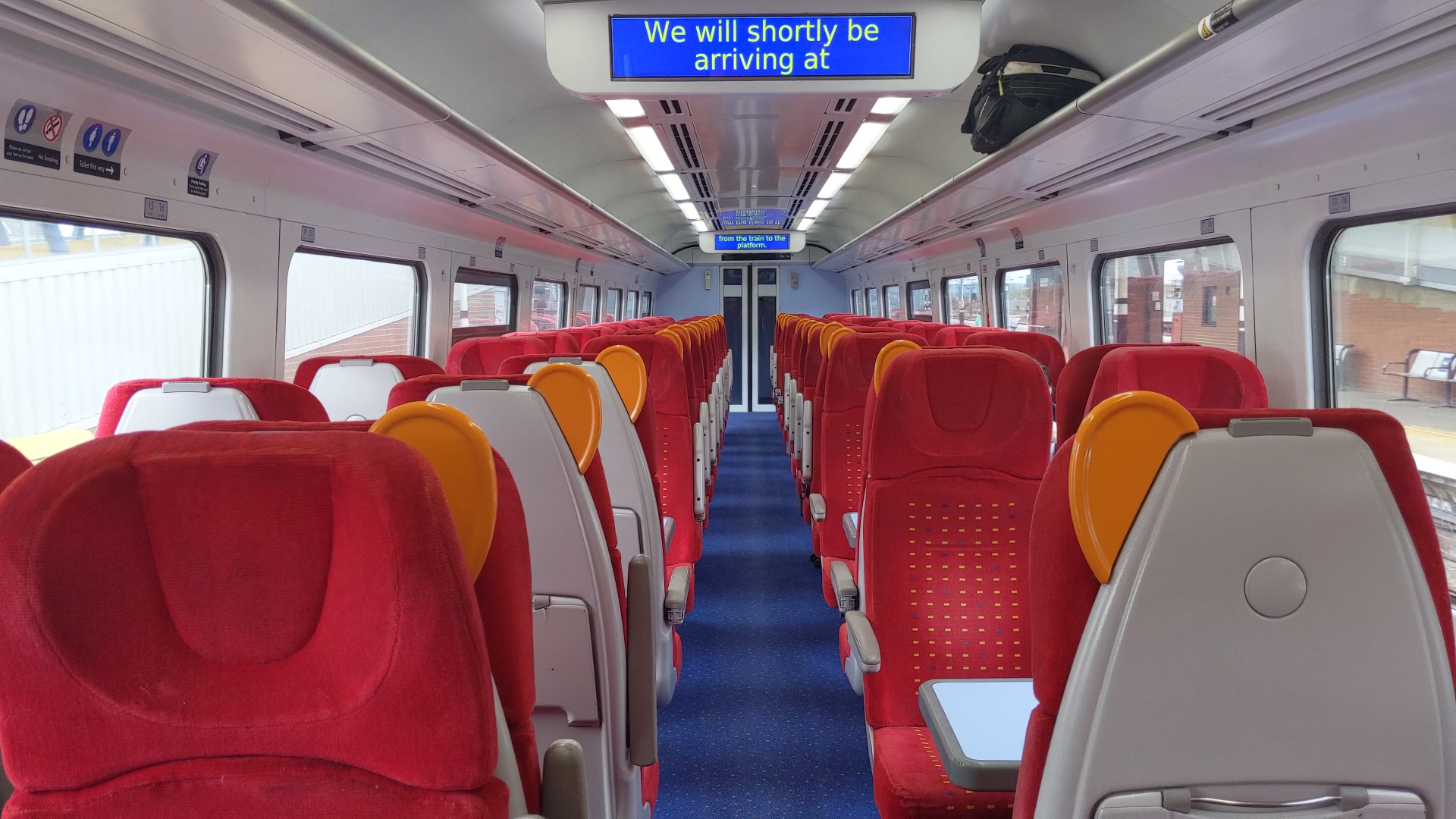
I also wanted to take a look at what this DMU has to offer on board. I immediately noticed the luggage racks at either end of the carriage. These are handy for storing a few larger items that do not fit in the overhead luggage racks or beneath your seat. On-board capacity has been maximised with a 2+2 seating arrangement and a mix of airline-style and table seats. That leaves a particularly narrow walkway down the train, but it is not as tight a squeeze as on other rolling stock. I am looking squarely at the Class 720 with its problematic 3+2 arrangement.
There are bins throughout the train and space for two bicycles on board, too. I also located toilets and a designated accessible area. Do note that a wheelchair ramp is required to board the train, so you may require assistance from platform staff or the train guard. Level boarding, such as on the Class 745s and 755s, tends to be more of a newer consideration in rolling stock design. Dotted throughout the carriage are digital passenger information system (PIS) displays with general journey information. The text is particularly high-contrast with the yellow font on a blue background.
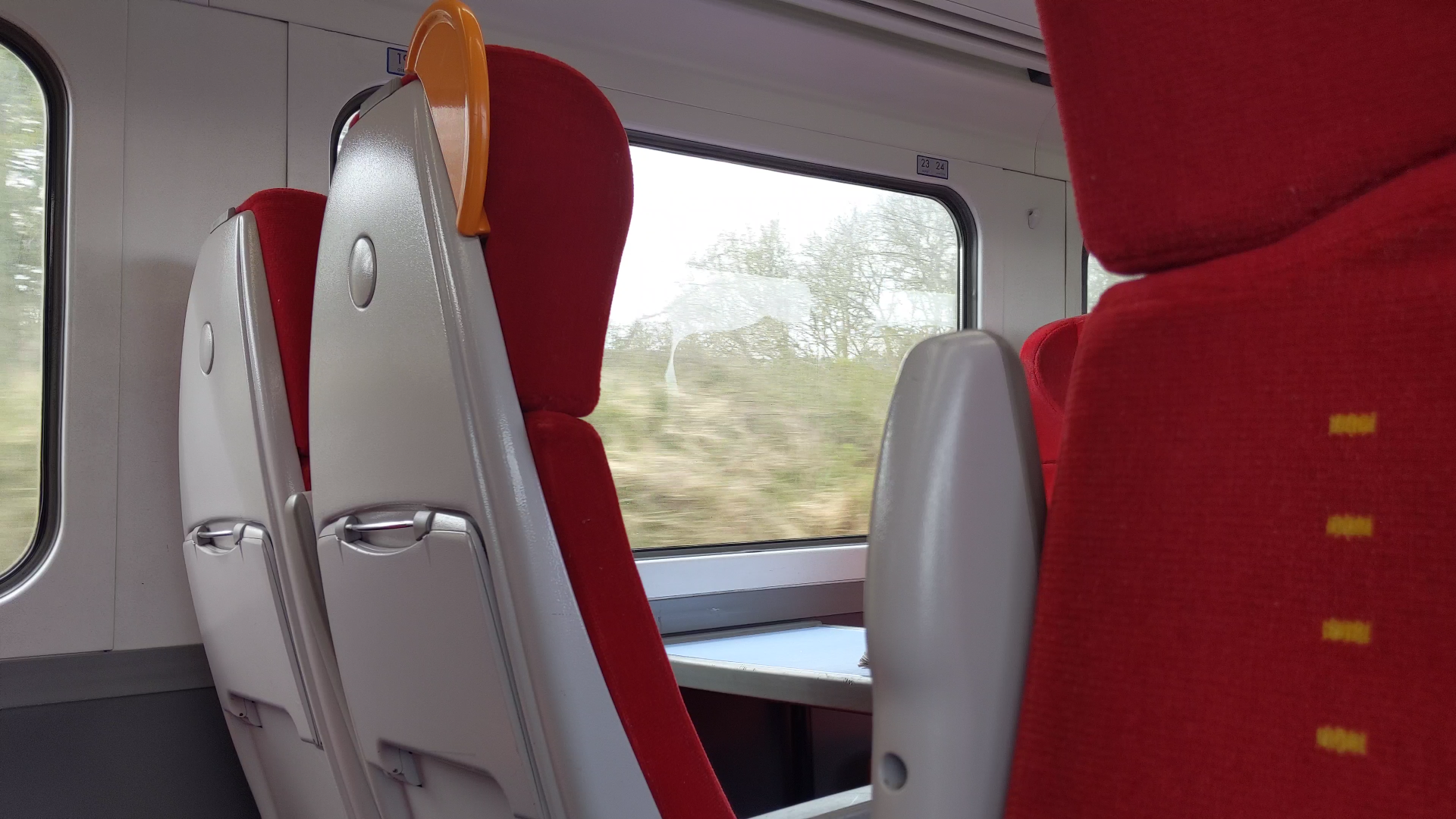
There are a handful of priority seats allocated on the train for those who need them, which is always a good thing. All seats have pull-down armrests and were comfortable. The airline-style seats have seat-back tables with enough space for a few items.
And that more or less rounds up my brief overview of the Class 158s, at least with East Midlands Railways. The Express Sprinters will have seen various refurbishments from different TOCs. You are likely to see a different interiors depending on where you are in the country. But, we have also looked at the rollout of the units. I certainly think they make for a pleasant train journey, although I don't think I would want to be one for the full length of the Norwich—Liverpool service.


